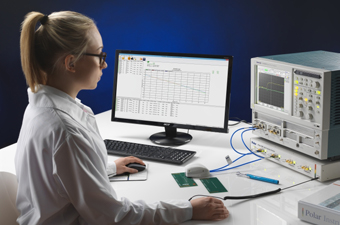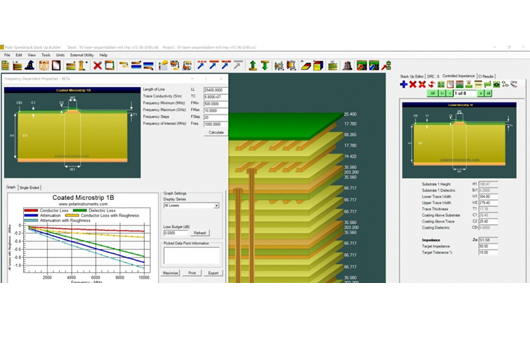ATtenuation Loss Analysis System is new test solution for PCB fabricators to test PCB transmission line insertion losses in a tightly controlled production environment. ATLAS 2013 now includes a dedicated intelligent ESD protection unit, new ergonomic probe housing and updated version 13.04 sofware with a raft of new feature enhancements. ATLAS 13.04 software interfaces with industry standard Tektronix DSA8300 oscilloscope TDRs and supports INTEL developed SET2DIL (Single Ended TDR to Differential Insertion Loss) and SET2SEIL (Single ended TDR to Single Ended Insertion Loss) test methodology for extraction of differential insertion loss from a single ended test and suitably designed coupon. Atlas 2013 is compatible and upgradeable to IBM developed SPP (Short Pulse Propagation) test methodology which will be released soon. Also available as ATLAS PCB for performing industry standard CITS style controlled impedance testing using Tektronix TDRs.






























